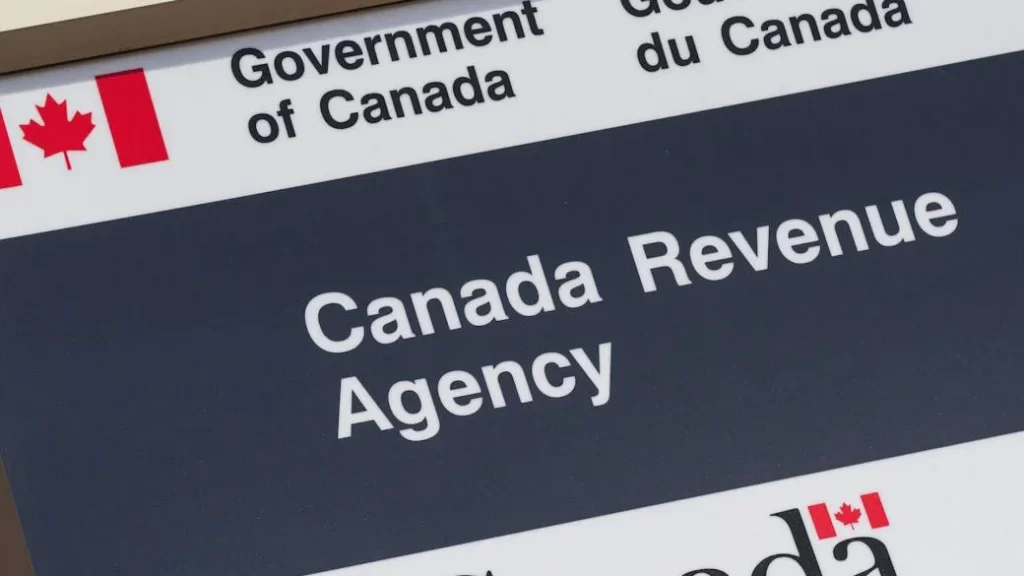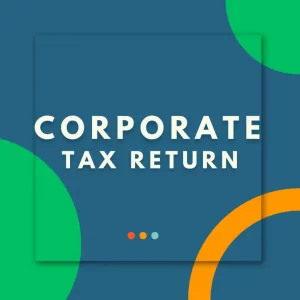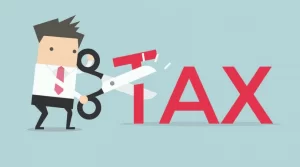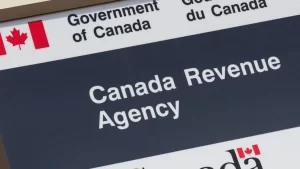When filing your corporate taxes, it is not as simple as simply filling out a T2 and filing it with the Canada Revenue Agency (CRA). In addition to the T2, there are also “schedules” that must be submitted to fulfil your corporation’s tax obligations.
These T2 schedules are used to provide the CRA with supplementary information about your corporation’s tax return and filings. There are dozens of CRA T2 schedules that a corporation may need to fill and file. For an exhaustive list, visit the T2 Returns and Schedules on the CRA’s website.
Some of the most commonly used T2 schedules for corporations are:
- Schedule 1 T2
- T2 Schedule 100
- T2 Schedule 50
- T2 Schedule 125
- T2 Schedule 4
- T2 Schedule 8
- T2 Schedule 3
- T2 Schedule 7
- T2 Schedule 6
- T2 Schedule 141
- T2 Schedule 5
- T2 Schedule 10
The CRA T2 schedules are organized into two categories.
- Information schedules, which include general information and those relating to transactions
- Calculation schedules, which include schedules used to calculate net income, taxable income, deductions, taxes, and credits
In addition to these schedules, corporations also need to file their financial statement information using the General Index of Financial Information (GIFI) with their T2.
Here, we dive into the details of some of the most common schedules that may need to be completed with your corporation’s T2 filing. For more detailed information or for information regarding a schedule not listed here, contact our team of CPAs.
T2 Schedule 100
T2SCH100, Balance Sheet Information, is a required schedule concerning financial states. It uses information from the GIFI to organize a corporation’s assets, liabilities, shareholder equity, and retained earnings in a clear and concise way. If your corporation’s balance sheet is longer than the space on one form, you may attach as many schedule 100s as necessary.
Ensure the sheet is balanced correctly before submitting it. Any errors in the Balance Sheet Information schedule can lead to audits and hefty fines.
T2 Schedule 125
T2SCH125, Income Statement Information, is another required schedule that must be filed with a T2. It is followed at the bottom by schedule 140, Income Statement Summary, if necessary. CRA T2 schedule 125 also draws information from GIFI.
Schedule 125 focuses on revenue and expenses related to your corporation. It is divided between farming and non-farming revenue and expenses depending on your industry.
T2 Schedule 141
T2SCH141, Notes Checklist, is also included in the figures calculated in the GIFI and is a requirement.
Schedule 141 is a set of questions designed to determine who prepared the financial statements and the extent of their involvement, and to better identify the type of information contained in the notes to the financial statements. This gives the CRA information about the qualifications of the accountant who prepared the statements and whether or not they are involved more subjectively with the corporation.
Schedule 1 T2
Schedule 1 is a required form when filing a T2 in most situations.
CRA T2 Schedule 1 (T2SCH1), Net income (loss) for Income Tax Purposes, is to reconcile the accounting profit and tax profit. Because the accounting profit is not necessarily the same as the taxable income, the tax rate for your corporation needs to be determined. Schedule 1 allows you to account for deductions, expenses, and other exceptions to calculate your tax profit.
T2 Schedule 50
All corporations in Canada have shareholders. T2SCH50, Shareholder Information, is filled if you are a private corporation and if any shareholder holds 10% or more of your common or preferred shares. It should be filled out for a maximum of the 10 top shareholders with the requested information.
While not required for any corporation that does not meet this requirement, many Canadian corporations will need to file T2 schedule 50.
T2 Schedule 3
T2SCH3, Dividends Received, Taxable Dividends Paid, and Part IV Tax Calculation sounds more complicated than it is. Schedule 3 is only applicable to corporations if it paid dividends to shareholders or if it has dividends received from other companies. If a corporation did not meet this requirement, it does not have to file Schedule 3.
T2 Schedule 4
T2SCH4, Corporation Loss Continuity and Application, may not be required. Schedule 4 is used to calculate the history of various losses suffered by the corporation during its existence. It applies both to capital loss as well as non-capital loss such as farm loss, restricted farm loss, or a limited partnership loss. It is also used to ask for a loss carryback to previous years.
T2 Schedule 5
T2SCH5, Tax Calculation Supplementary – Corporations, is used for revenue allocation in the provinces where the corporation has permanent establishment. This is to impose taxable income to the proper provinces as applicable.
Schedule 5 must be filed if during the tax year, your corporation:
- Had permanent establishment in more than one jurisdiction,
- Is claiming provincial or territorial tax credits or rebates, or
- Has to pay taxes, other than income tax, for Newfoundland and Labrador or Ontario
H2: T2 Schedule 6
If your corporation has sold or disposed of assets, you will need to file T2SCH6, Summary of Dispositions of Capital Property. Assets can include equities, property, bonds, and anything else that may qualify. For example, if your corporation sold a rental income property, a piece of real estate, or equity in another corporation, it will need to file T2 schedule 6. It also includes relevant lines for deducting business investment losses as applicable.
T2 Schedule 7
T2SCH7, Aggregate Investment Income and Active Business Income, is used to differentiate between a corporation’s investment income and its operating revenue. The tax rate and access to the small business deduction differs between these two types of income and therefore needs to be separated to calculate the correct tax rates.
If a corporation does not have investment income, only operating revenue, it does not need to file Schedule 7.
T2 Schedule 8
T2SCH8, Capital Cost Allowance (CCA), is a commonly used schedule by corporations. Schedule 8 is used to calculate the eligible expenditure tax depreciation for a corporation regarding its physical assets. This depreciation is not deductible at tax level, but a corporation is entitled to a tax depreciation rate calculated with previously established depreciation rates according to tax laws.
Prior to January 1, 2017, schedule 10, the Eligible Capital Deduction, was used to corporations to declare intangible property. As of January 1, 2017, schedule 10 has been replaced by schedule 8. If you are looking to file corporate taxes for a tax year prior to January1, 2017, work with an accountant to ensure you are filing the correct schedules.
Filing CRA T2 Schedules
When you file your corporate taxes with a qualified accounting firm, the CPAs and tax specialists will file the relevant schedules needed in addition to the corporation’s T2. The specialists at Accountor CPA are here to help.
Contact Abdullah CPA for a free consultation. Learn how we can simplify your corporate tax filing.






